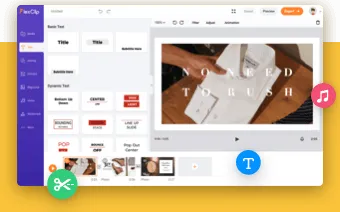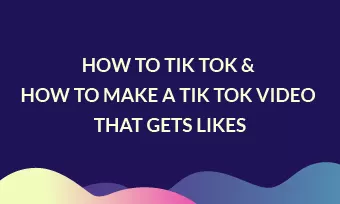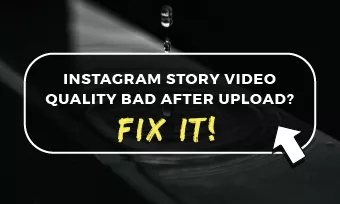Everyone has ever dreamed of a melodious song in their own voice. Yet, the insufficient vocal range, the difficult singing skills make the reality quite disappointing. Thanks to the great invention of AI voice song generators, now they can easily study your voice and use your voice to sing a beautiful song that you can never do in real life.
Here in this post, we will be showing you two AI voice song generators. The first is Google Colab, which is completely free, but requires more complicated operations, the second is a paid tool called Musicfy. Pick the right tool and follow to convert a song into your own voice.
Table of Content
Customizable Music Video Templates Give Away
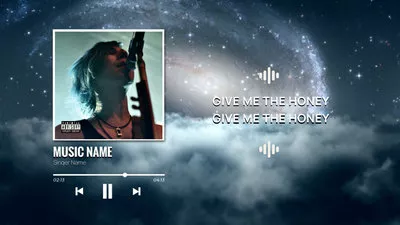

Can't Miss: Create Free Music Song with Suno AI >
Check More Professional-Level Music Video Templates >
Convert a Song into Your Own Voice Online for Free
Google Colab is a free, cloud-based platform that allows people to write and execute Python code. It gains popularity due to its ease of use, accessibility, and powerful features. Even if you don’t know anything about coding, you can finish the song voice swap task easily.
Step 1. Access Google Colab & Run the Codes
Access Google Colab, click the Connect icon on the top right corner, and then hit the play button to run all the codes.

Run Google Colab
Wait a few seconds until the code runs successfully. Now you will get two links. Click on the second link that says run public.
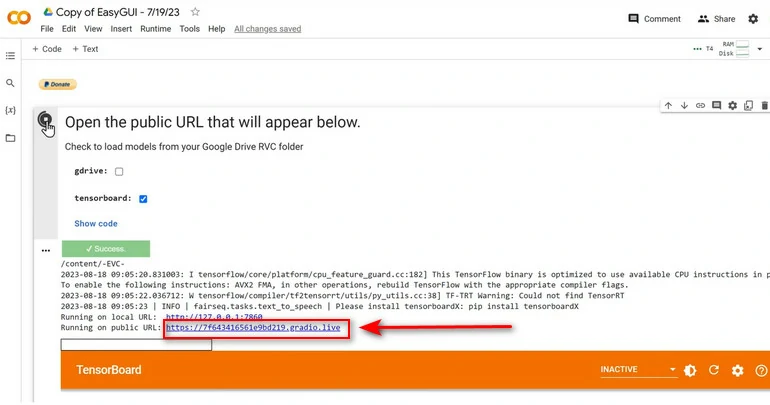
Link to Train Your Voice
Step 2. Train Your Voice Model
You are now at a completely new dashboard. Hit Train on the top left, give a name for your voice. After that you will need to follow 5 steps to finish training your voice model.

Train Voice Model
Step 3. Remove the Background Music
To achieve the best results, you must use only the vocals of the music track. There are tons of background music removers online, but FlexClip seeks a great balance between vocal quality and ease of use.
Drag and drop your music track to FlexClip, and then click on the first button above the timeline. Select Vocal Remover. FlexClip will instantly separate the vocal and background music. You can then download the pure vocal.
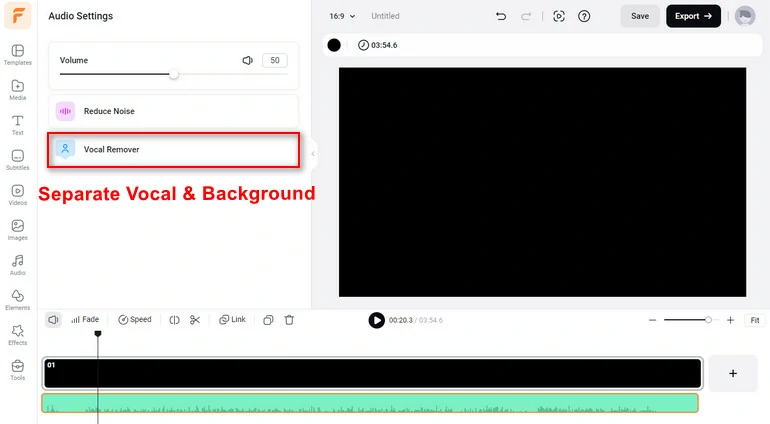
Remove Background Music with FlexClip
Step 4. Convert the Song into Your Own Voice
Move to Google Collab’s Inference part. Select the voice model you’ve just trained, and then upload the vocal you just extracted from the music file. Hit Convert. Now the song is in your voice. Download the vocal track.
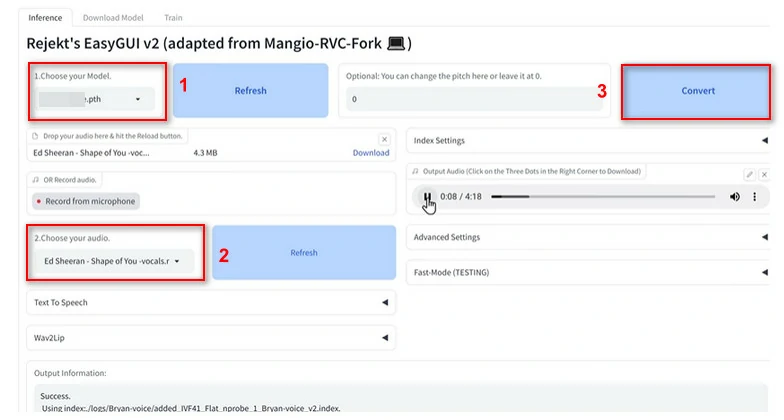
Convert Song with Your Own Voice
Step 5. Mix Vocal & Background Music
Switch back to FlexClip, now drag the background music and the vocal together to the timeline. Sync them so that the merge is perfect.
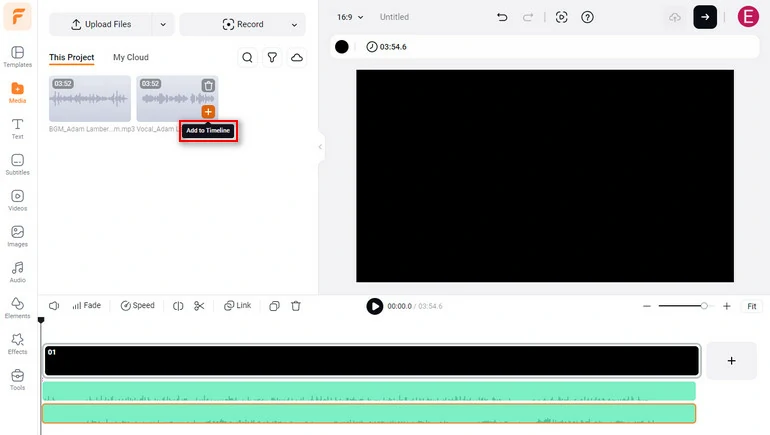
Merge Vocal & Background Music
FlexClip also has tons of free customizable music video templates that offer you a shortcut to a nice MV. Visit its template page, enter a keyword like music, then find the music video template you love.

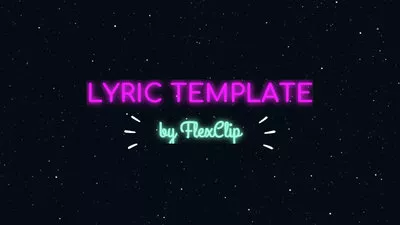
Convert a Song into Your Own Voice with Musicfy
Musicfy is a paid music online tool that you can use to speed up music creation. When used as a music voice swap tool, it offers hundreds of already-trained models like Spongebob, Donald Trump, Tyler Swift. You can upload your own voice as a sample. Here are the detailed steps.
Step 1. Access Musicfy
Visit Musicfy’s official website, sign in and subscribe according to your budget. The cheapest plan costs $9 per month.
Step 2. Convert a Song to Your Own Voice
Go to the Convert Voice section, select an already-trained voice model, or upload your own voice. Upload a music audio track and then hit Generate. Easy as a pie!

Musicfy Convert a Song into Your Own Voice
Copyright Notice
It is generally legal to convert a song into your voice for personal use. However, if you plan to distribute or monetize your version, you might need to obtain proper licenses or permissions from the copyright owners.
Why not create a different version of the song so you don't have to worry about the copyright issues? FlexClip's AI Music Generator tool creates brand new songs while capturing the essence of the example music and your vocal. Explore the next-level music production at FlexClip!
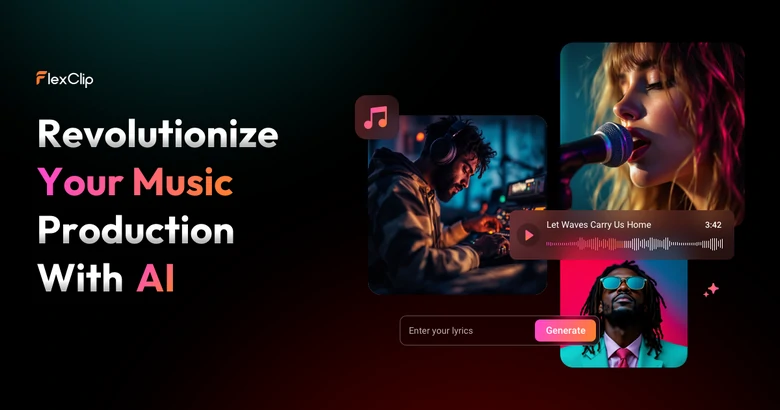
FAQs About Converting a Song into Your Own Voice
Yes, you can change the key of the track using DAW, Auto-Tune, Melodyne and other professional audio editing software.
FlexClip can mix your vocals with the instrumental track perfectly. All you need to do is apply them to the timeline together, and then make edits like changing the volume, adding fade effect, altering audio speed.


